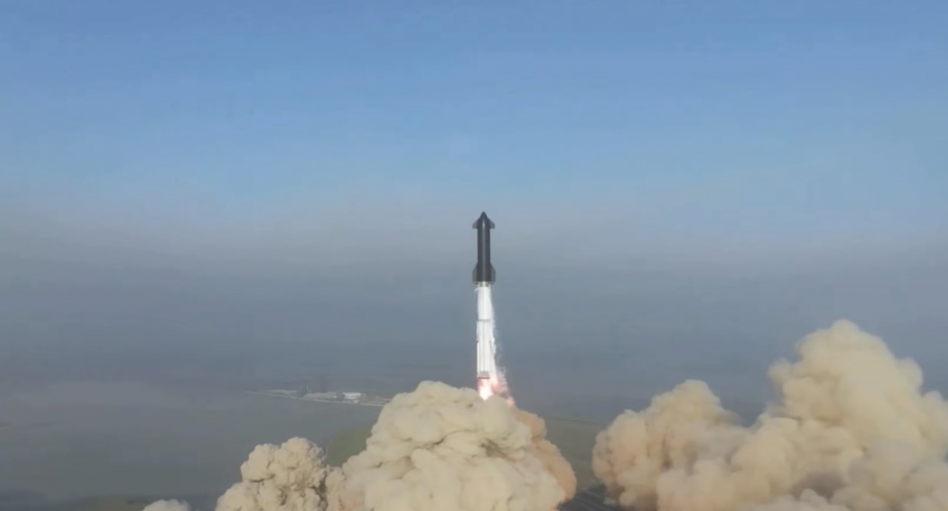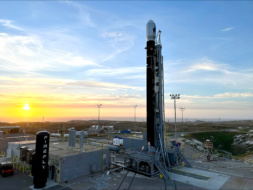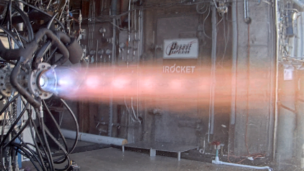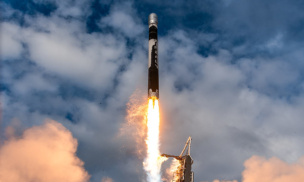SpaceX’s Starship made history yesterday with its first-ever orbital launch attempt that notched a lot of successes and one very fiery failure.
With tens of thousands of launch enthusiasts watching from South Texas and millions more tuning in virtually worldwide, the rocket cleared the pad, reached Max Q, and soared to an altitude of 39 km before a mid-flight explosion.
The flight exceeded SpaceX’s expectations. In the days leading up to the launch, SpaceX set the bar for success low, predicting the mega-rocket would likely fail to reach orbit. Rather, the goal of the launch was to collect data to inform future launches and rocket modifications. Post flight, SpaceX employees were seen cheering the launch and the four minutes of flight data they collected.
Elon Musk tweeted, “Learned a lot for [the] next test launch in a few months.”
Starships on deck: SpaceX was eager to launch this Starship prototype, dubbed SN24, and move on to future iterations. The SN24 is a couple years old and contains a number of outdated technologies that have already been swapped out in subsequent rockets. SpaceX has at least two additional Starships in its high bays that are nearing flight readiness.
What went wrong? “The vehicle experienced multiple engines out during the flight test, lost altitude, and began to tumble,” SpaceX posted in its flight recap.
- Shortly after liftoff, SpaceX’s telemetry showed that three engines had failed.
- By the time Starship ended in a good-ole fashion boom, at least six engines had flamed out.
Starship could not maintain altitude and control after losing 20 percent of its thrust capacity. The result was a somersaulting 400-ft rocket.
With SpaceX riding Starship Raptor engines up and nose cone down, the flight termination system was activated.
The good: SpaceX’s biggest success was clearing Max Q–when atmospheric pressure on the spacecraft is highest. Also, although a few tiles were lost, the heat shield appeared to remain largely intact.
Needs improvement: With 6+ engine failures, SpaceX will need to improve the Raptor engine design. However, the more pressing concern may be the condition of the launch pad. The massive engine firing sent debris flying everywhere, taking out cars, destroying cameras, and denting the large fuel tanks next to the launch pad. The most significant damage appeared to be a crater that opened up beneath the launch mount after the departing rocket scorched the Earth.
What’s next? SpaceX will analyze flight data, implement changes, and begin repairs on the pummeled launch pad. With additional Starships nearing flight readiness waiting in the wings, Elon Musk has already alluded to another test flight in the coming months.
The spacecraft plays a critical role in NASA’s lunar and Mars aspirations. In 2021, NASA tapped SpaceX to build a Starship lunar lander that will be used to bring Artemis III astronauts to the surface of the Moon in 2025. The explosion didn’t dim NASA’s excitement about the rocket.
NASA chief Bill Nelson tweeted, “Congrats to SpaceX on Starship’s first integrated flight test! Every great achievement throughout history has demanded some level of calculated risk, because with great risk comes great reward.”




